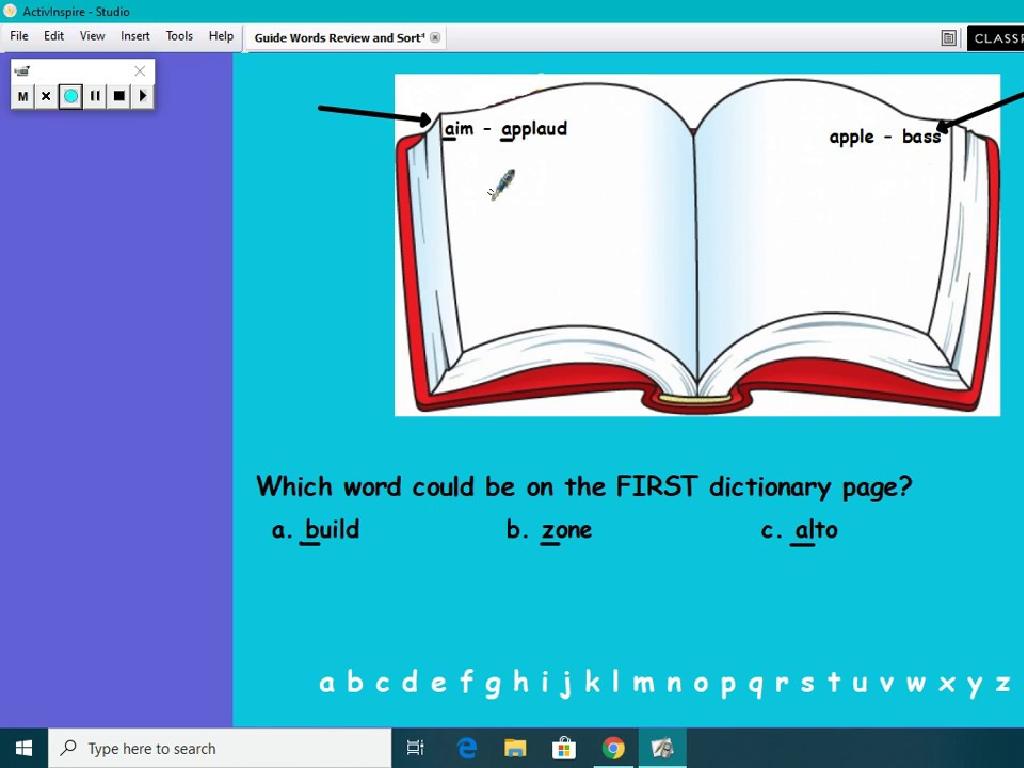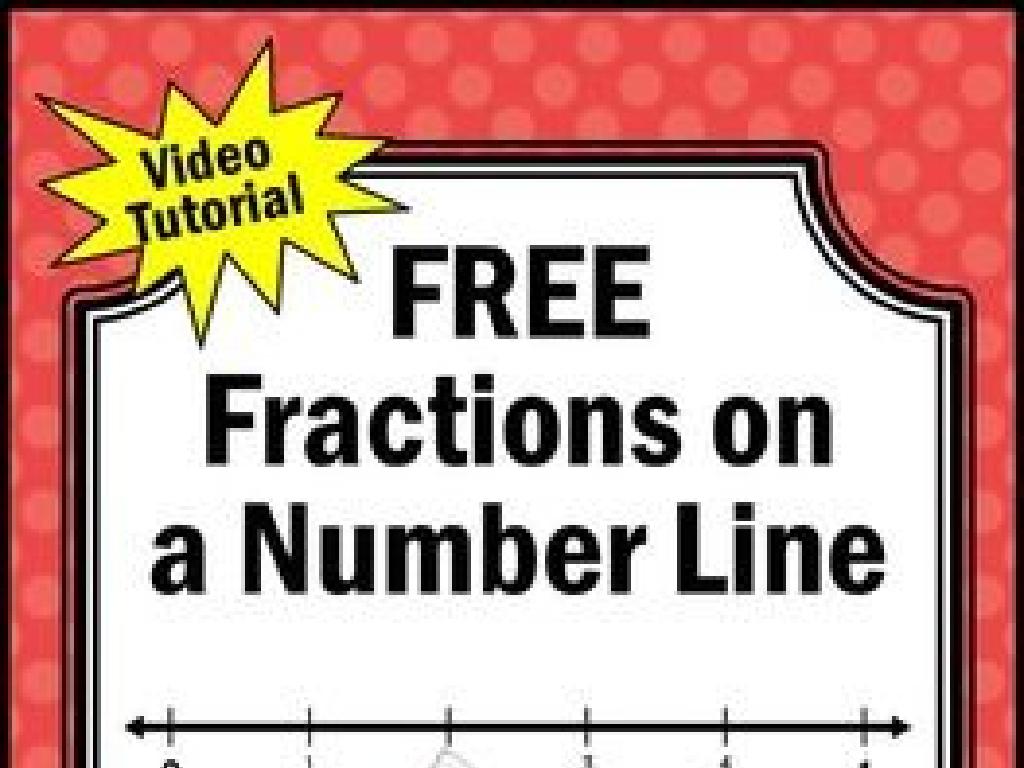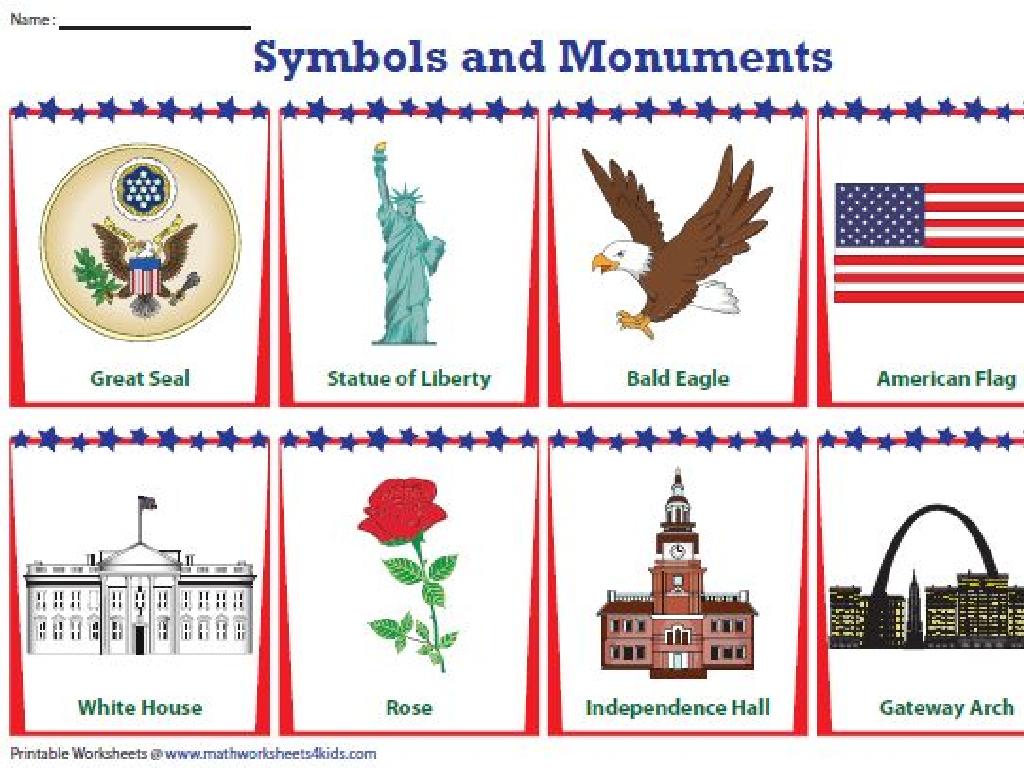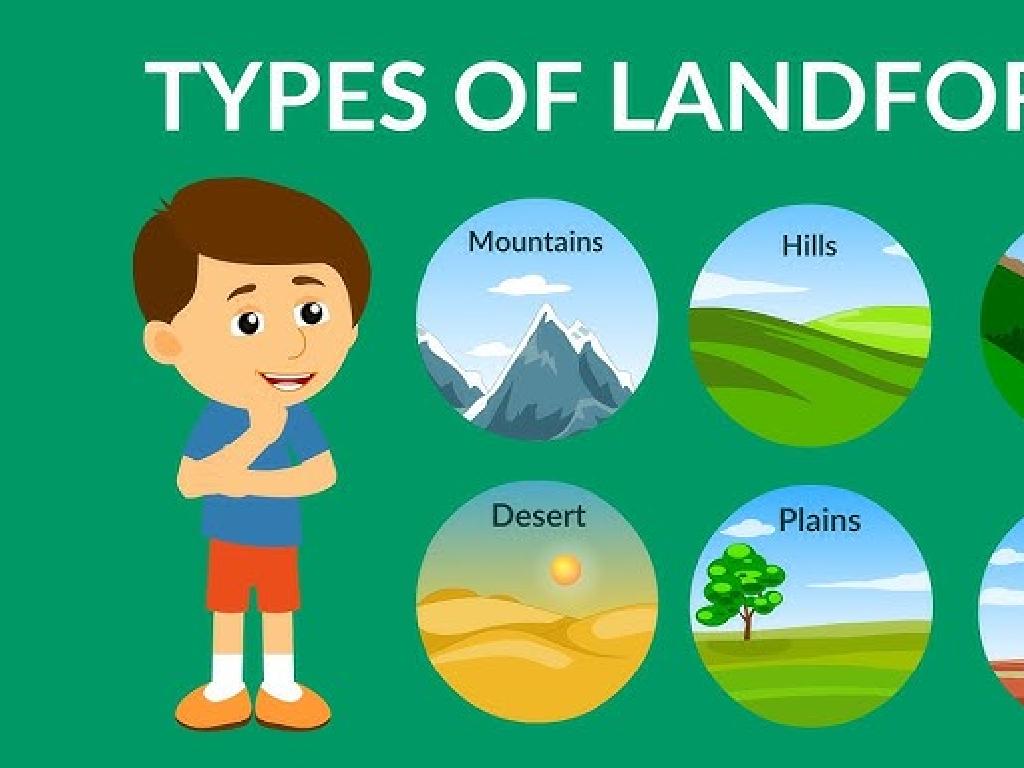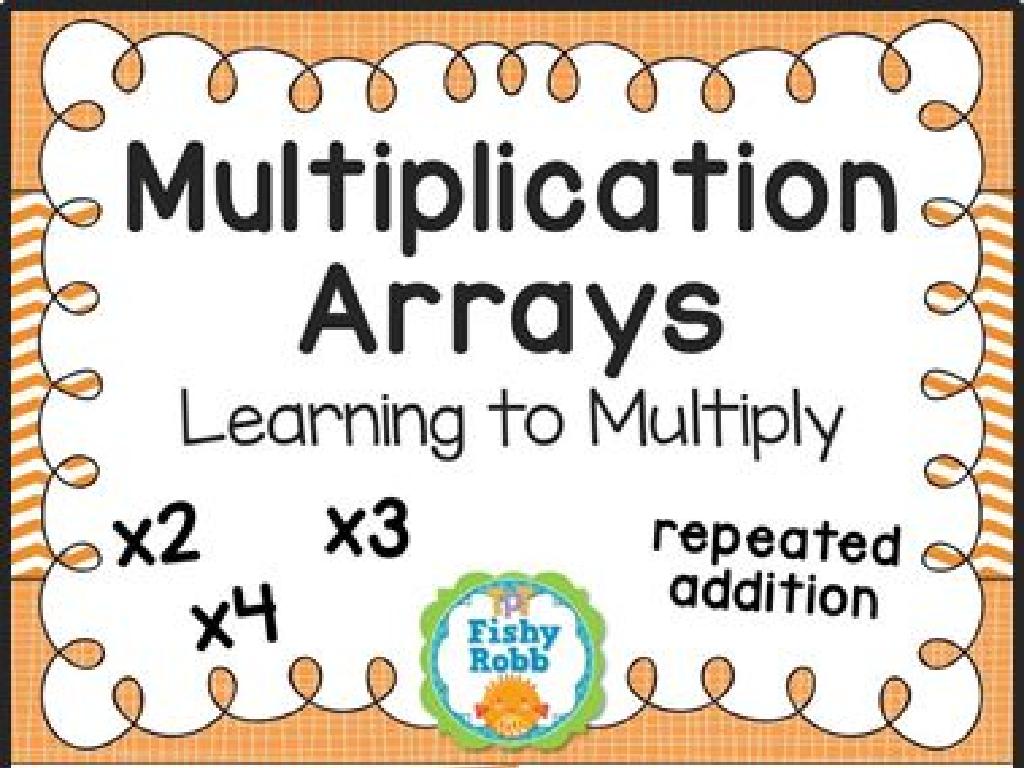Identify Reactants And Products
Subject: Science
Grade: Fifth grade
Topic: Physical And Chemical Change
Please LOG IN to download the presentation. Access is available to registered users only.
View More Content
Reactants and Products in Changes
– Matter: It’s all around us!
– Physical changes: Daily examples
– Physical change: Water freezing or melting
– Chemical changes: Daily examples
– Chemical change: Rusting iron or baking a cake
– Reactants to Products: The transformation
– Reactants are substances that start a chemical reaction, products are what they become
|
This slide introduces students to the foundational concepts of physical and chemical changes in matter, which is everything around us. Begin by explaining that matter can change in two ways: physically or chemically. Physical changes alter the appearance but not the composition, like ice melting into water. Chemical changes result in new substances, such as iron rusting or baking a cake. Emphasize that reactants are the starting materials in a chemical reaction, while products are the new substances formed. Use everyday examples to help students relate to the material and understand the transformation from reactants to products.
Reactants and Products in Chemical Reactions
– Reactants: Starting substances
– Ingredients before a reaction, like baking soda and vinegar
– Products: Substances formed
– New substances made, like carbon dioxide in a soda
– Identifying in equations
– Look for arrow in equation: Reactants Products
– Examples of reactions
|
This slide introduces the concept of reactants and products in chemical reactions, tailored for a fifth-grade science class. Reactants are the substances that start a chemical reaction, similar to ingredients in a recipe. Products are the new substances formed as a result of the reaction. To identify them in chemical equations, students should look for the arrow pointing from reactants to products. Use everyday examples like vinegar and baking soda reacting to form carbon dioxide to make the concept relatable. Encourage students to think of other examples of reactions they have observed, such as rust forming on metal or baking a cake. This will help them understand the transformation from reactants to products.
Signs of a Chemical Change
– Observable color change
– Example: Copper turning green when it oxidizes
– Change in temperature
– Example: Heat produced when vinegar reacts with baking soda
– Production of gas
– Bubbles forming in a vinegar and baking soda mix
– Formation of precipitate
– Solid forming when mixing two clear solutions
|
This slide aims to help students identify the signs of a chemical change through observable phenomena. A color change might indicate a new substance has been formed, such as when copper turns green due to oxidation. A temperature change can occur without external heat, as seen in exothermic reactions like vinegar reacting with baking soda. Gas production is often visible through bubbling or fizzing, and precipitate formation is when a solid suddenly appears in a liquid solution. Encourage students to think of everyday examples of these signs and discuss why these changes indicate a chemical reaction has occurred.
Examples of Chemical Changes: Reactants and Products
– Rusting of iron explained
– Iron and oxygen combine to form rust
– Burning wood process
– Wood and oxygen react to produce ash and smoke
– Baking a cake chemistry
– Ingredients mix and heat transforms them into a cake
– Identifying reactants and products
– Reactants start the reaction, products are the result
|
This slide aims to help students understand chemical changes by looking at everyday examples. Rusting of iron occurs when iron reacts with oxygen in the air, resulting in rust. Burning wood is a reaction between wood and oxygen that produces ash, smoke, and other gases. Baking a cake involves a complex series of reactions where the ingredients, which are the reactants, are transformed by heat into a new product: the cake. Encourage students to think about the starting materials (reactants) and the end results (products) in each example. This will help them grasp the concept of reactants and products in chemical reactions, which is fundamental to understanding chemistry.
Physical vs Chemical Changes
– Differences: Reversible vs Irreversible
– Physical change: No new substance
– Ice melting into water can be refrozen
– Chemical change: New substance formed
– Burning wood results in ash and smoke
– Examples of each type of change
– Tearing paper (physical) vs. rusting iron (chemical)
|
This slide aims to help students differentiate between physical and chemical changes. A physical change is a reversible process where no new substances are created, such as melting ice. In contrast, a chemical change is usually irreversible and results in the formation of new substances, like the ash and smoke from burning wood. Provide clear examples for both types of changes to solidify understanding. Encourage students to think of more examples from their daily lives and discuss whether those changes are physical or chemical. This will help them grasp the concept of reactants (starting materials) and products (end materials) in chemical reactions.
Class Activity: Chemical Reaction Experiment
– Gather materials: Vinegar, Baking Soda, Balloon, Flask
– Make predictions about the reaction
– What do you think will happen when vinegar and baking soda mix?
– Conduct the experiment together
– Observe the changes as we mix the ingredients
– Identify reactants and products
– Reactants are substances that start a reaction. Products are what we get after the reaction.
|
This activity is designed to help students understand the concept of reactants and products in a chemical reaction. Before the experiment, discuss what a chemical reaction is and the role of reactants and products. Provide each student or group with the materials needed and ask them to predict the outcome of mixing vinegar and baking soda. As they perform the experiment, guide them to observe the reaction carefully, noting any evidence of a chemical change, such as the formation of gas that inflates the balloon. After the experiment, discuss the reactants (vinegar and baking soda) and the products (carbon dioxide, water, and a new substance formed from the mix). This hands-on activity will enhance their understanding of chemical reactions and the difference between physical and chemical changes.
Conclusion: Reactants, Products, and Changes
– Recap: Physical vs. Chemical Changes
– Physical changes alter form, not substance; chemical changes create new substances.
– Significance of Reactants & Products
– Reactants are substances that start a chemical reaction; products are what you get after.
– Q&A Session
– Reflect on Today’s Learning
– Think about one new fact you’ve learned today.
|
As we wrap up today’s lesson, we’ll revisit the key concepts of physical and chemical changes. Emphasize that physical changes might change the appearance or state of a substance, but its chemical identity remains the same, whereas chemical changes result in new substances being formed. Highlight the role of reactants and products in chemical reactions, ensuring students understand that reactants are the ‘ingredients’ and products are the ‘outcome’ of these reactions. Engage the class in a Q&A session to assess their understanding and encourage them to reflect on what they’ve learned, reinforcing their knowledge and sparking curiosity.

